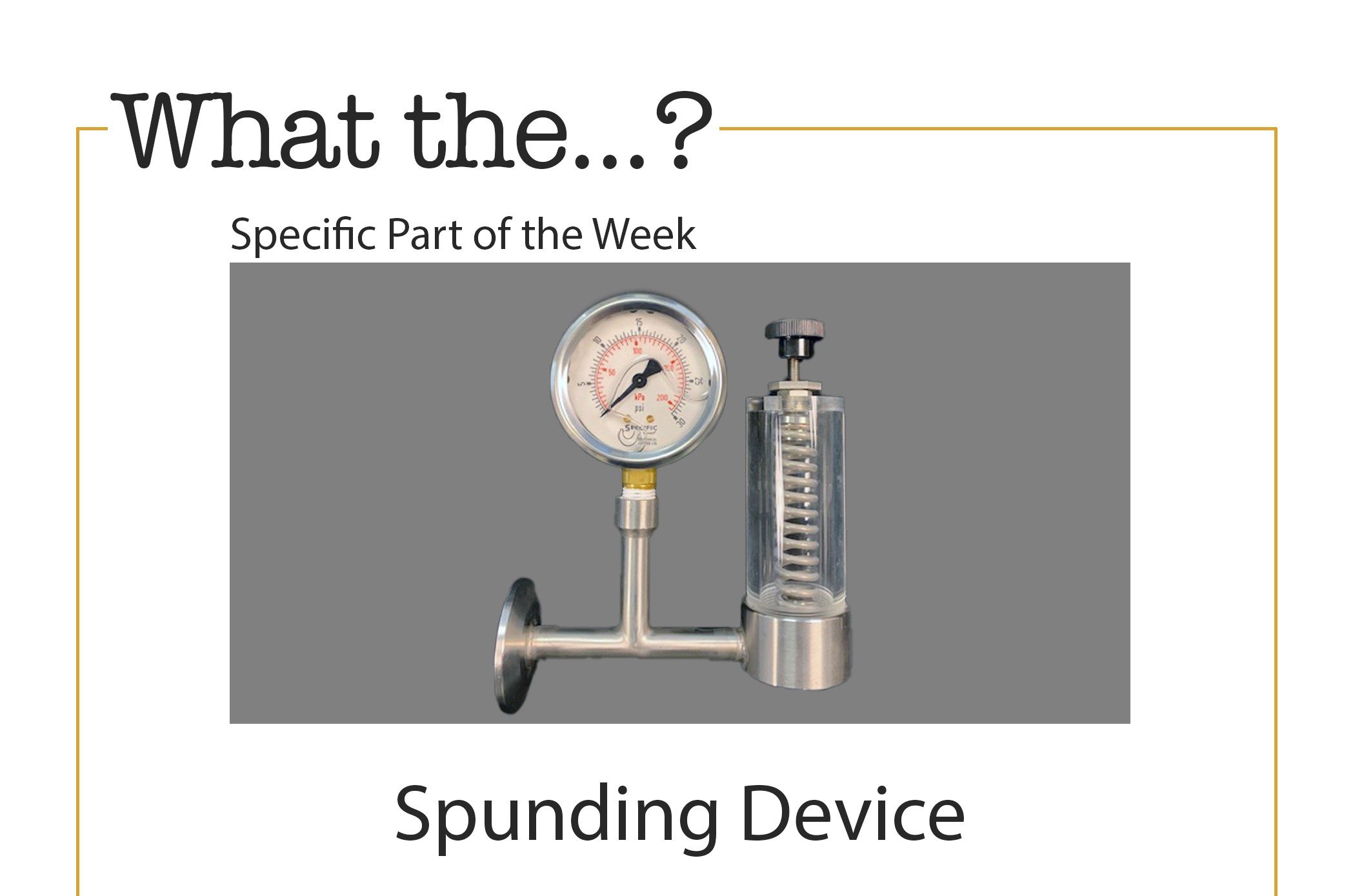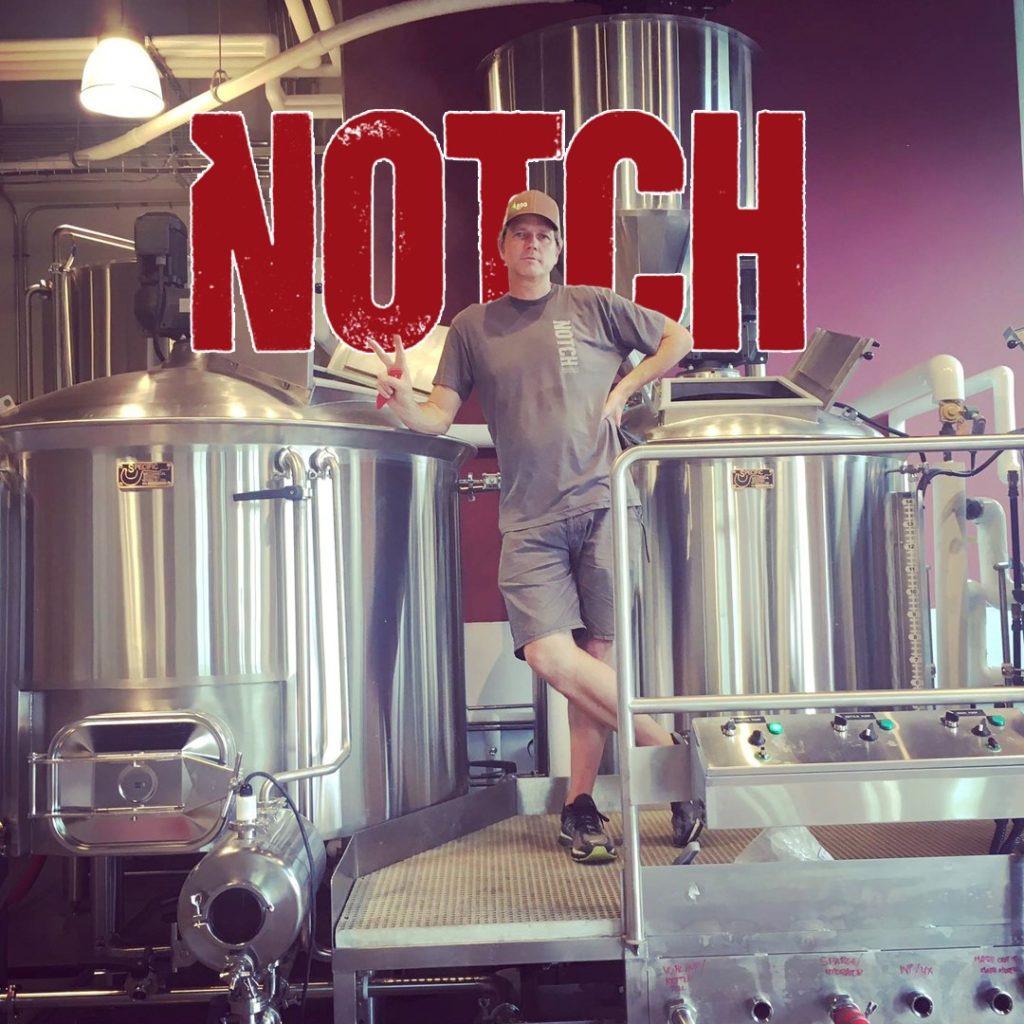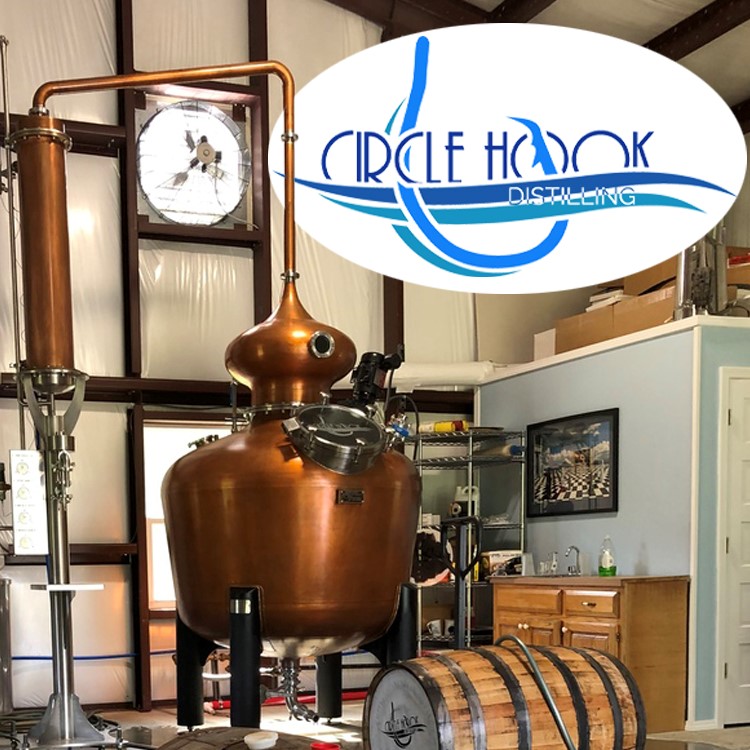Spunding is a process commonly used by lager brewers to naturally carbonate their beer. Specifically, a device called a spunding valve is attached to the tank late in fermentation, when most of the sugars in the wort have been processed by the yeast.
As a result, the spunding valve carefully controls the release of CO₂, keeping the tank pressurized and producing a desired effervescence and mouthfeel. Moreover, the spunding method’s advantages are considerable. Naturally carbonated beers tend to have brighter flavors and a more consistent mouthfeel.
How Does a Spunding Device Work?
A spunding valve is attached to a fermentation vessel, typically to a gas post on a sealed unitank or bright tank. As fermentation progresses, yeast produces carbon dioxide, which builds pressure inside the tank. The spunding device regulates this pressure by releasing excess gas when it exceeds a set threshold, allowing for controlled natural carbonation.
Benefits of Using a Spunding Device
1. Natural Carbonation
One of the biggest advantages of a spunding device is its ability to naturally carbonate beer using fermentation-generated CO₂. This enhances mouthfeel and produces finer bubbles, leading to a smoother drinking experience.
2. Cost Savings on CO₂
By capturing and using naturally produced CO₂, breweries can reduce or eliminate the need for forced carbonation, which requires purchasing external CO₂ tanks.
3. Improved Flavor and Aroma Retention
Natural carbonation helps retain volatile aroma compounds that might otherwise be lost when CO₂ is artificially injected into the beer.
4. Oxygen Reduction
Oxygen exposure can negatively impact beer quality, leading to oxidation and stale flavors. Also, Spunding minimizes oxygen ingress by maintaining a closed system, which helps preserve beer freshness.
5. More Efficient Fermentation
Regulated pressure fermentation can enhance yeast performance and even influence ester and phenol production, depending on yeast strain and fermentation pressure levels.
Considerations for Using a Spunding Device
- Tank Strength: Ensure the fermentation vessel can handle pressurized fermentation.
- Yeast Strain Compatibility: Some yeast strains perform better under pressure than others.
- Carbonation Target: Adjust spunding pressure based on beer style and CO₂ volumes required.





